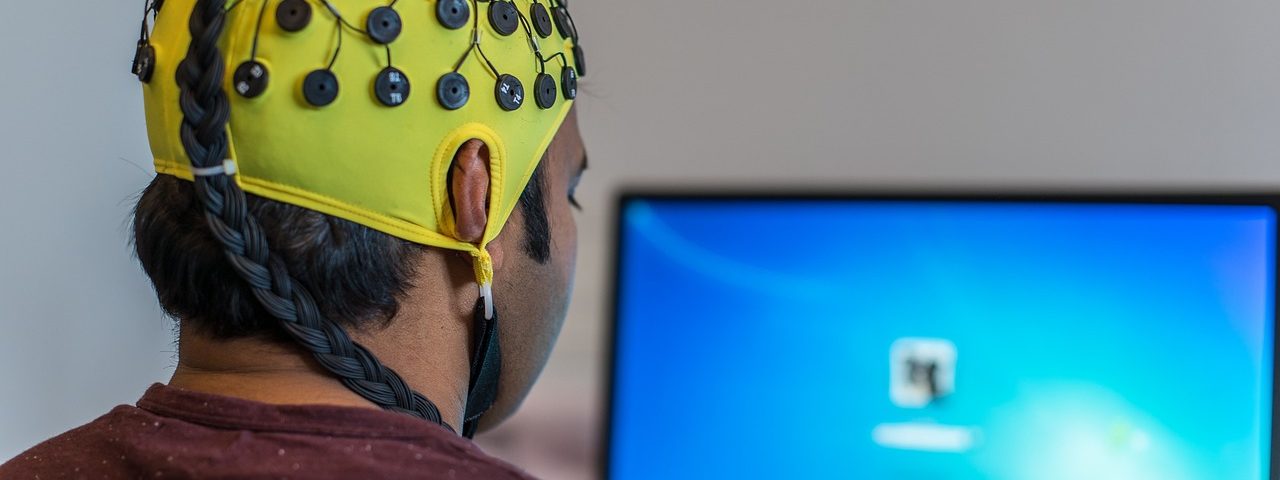
At a recent event, I spoke to a Chief Technology Officer (CTO) about how it was not untypical for him to have a day of 14 back-to-back half-hour meetings. He explained that this started during the early part of the pandemic, and by 4 pm, he was absolutely exhausted and struggled to stay focused and pay attention. He added, however, that over time he got used to such a heavy schedule and was able to manage his energy and concentration better.
On hearing this story, I commented that while I often hear stories like this from all sorts of executives at different firms, I am often left wondering how folks end up doing any work if they are in back-to-back meetings all day.
I asked slightly tongue-in-cheek how we had gotten to his point, given that I’d never seen a job description that contained any objective that required a person to attend as many meetings as physically possible.
This raised a few smiles and quite a few nods.
Whilst my comment was playful, it also contained a serious point and one that I have made to many executives about how they should actively manage their time to create the space necessary to really think about and understand the challenges they are facing.
I was thinking about that conversation again the other day when I came across some research from Microsoft about the impact on our brains and emotional state when we have back-to-back meetings.
Using an electroencephalography [EEG] cap, the Microsoft research team were able to monitor the electrical activity in the brain of back-to-back meeting participants. Unsurprisingly, they found that back-to-back virtual meetings are stressful, and a series of meetings can decrease your ability to focus and engage.
However, the research also found that introducing short breaks between meetings to allow people to move, stretch, gather their thoughts or grab a glass of water can help reduce the cumulative buildup of stress across a series of meetings.
That’s really useful insight, and I hope that more executives and their teams embrace the introduction of these short breaks between meetings to reduce stress, support well-being and maintain attention levels.
But I’ve also been thinking about whether these research findings have a broader application.
Specifically, I’ve been thinking about whether the calls taken by customer service agents could be analogous to a series of very short, back-to-back meetings. If they are, that has ramifications for the amount of stress customer service representatives have to deal with. This is brought into sharp focus when you consider that the average customer service representative is often expected to be constantly on calls for the duration of an 8-hour shift apart from a 30-minute lunch break and two 15 min breaks, one in the morning and one in the afternoon.
So, is it any wonder that the contact center industry faces perennial burnout and high levels of staff churn?
Suppose we want to build a more sustainable approach to serving our customers, particularly over live channels like the phone or video. If we do, we need to think more clearly and empathetically about our agents and what they go through.
Now, I know that technology is evolving to help with this challenge and that’s great. But we shouldn’t stop there. Building a more attractive and sustainable contact center model will require us to rethink both contact center operations and their economics.
This post was originally published on Forbes.com here.



